Spruce Cant Lumber
- September 20, 2023
- 0 comment
Spruce cant lumber is a popular choice in the construction industry due to its versatility and durability. Derived from spruce trees (genus Picea), this type of lumber is known for its straight grain and light color, making it aesthetically pleasing and easy to work with. It is commonly used in framing, sheathing, and general structural applications. Its strength and stability make it a reliable choice for various building projects, from residential homes to commercial buildings. Whether you’re constructing walls, roofs, or floors, spruce cant lumber provides the strength and stability needed for a sturdy and long-lasting structure.
Spruce cant lumber’s versatility, sustainability, and cost-effectiveness make it an ideal choice for various construction needs. Its adaptability in construction applications, eco-friendly sourcing, and budget-friendly nature contribute to its popularity among builders and homeowners alike. As the construction industry continues to evolve, spruce cant lumber remains a dependable and responsible choice for those seeking a reliable building material.
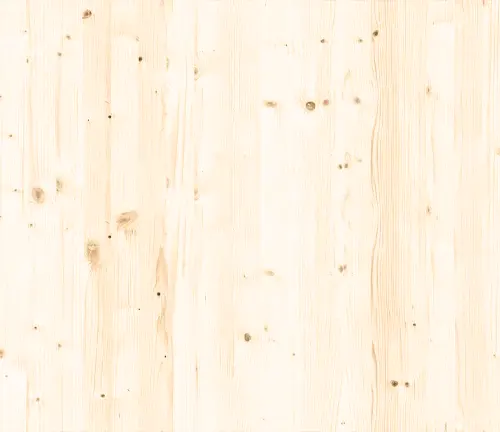
Spruce cant lumber is available in a variety of sizes and thicknesses, depending on the specific application. It is also available in a variety of grades, which are determined by the quality of the wood. The highest grade of spruce cant lumber is typically used for structural applications, while lower grades may be used for less demanding applications such as crating or shipping.
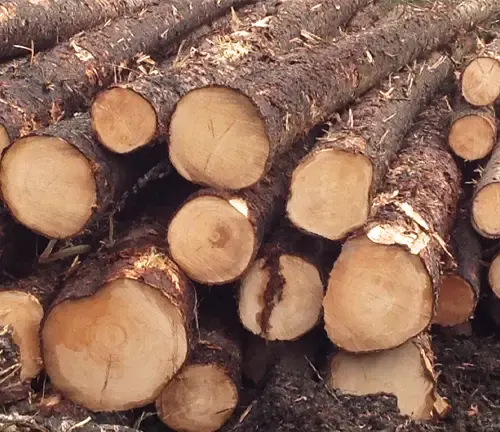
| Specifications | Description |
| Moisture Content | 19% |
| Grades | Spruce cant lumber is graded based on quality and appearance. Common grades include Select Structural, #1 & #2 grades, and Economy grades. Select Structural is the highest quality and is free of knots, while Economy grades may have more knots and imperfections. |
| Tensile Strength | Varies from 6,000 psi to 8,000 psi, important for resisting tension. |
| Compressive Strength Parallel to Grain | Ranges from 4,000 psi to 6,000 psi, essential for load-bearing components. |
| Shear Strength | Typically between 1,200 psi and 1,500 psi, vital for resisting parallel forces. |
| Availability | The availability of spruce cant lumber can vary by region and market demand. It’s a good practice to check with local suppliers to ensure you can obtain the desired sizes and grades for your project. |
| Modulus of Elasticity (MOE) | Ranging from 1.8 million psi to 2.3 million psi, it signifies its stiffness. |
| Modulus of Rupture (MOR) | Typically between 7,000 psi and 10,000 psi, it demonstrates bending strength. |
| Surface Smoothness | Spruce cant lumber is known for its smooth and even surface, making it ideal for applications where a polished appearance is desired. However, for specific projects requiring an exceptionally smooth surface, additional sanding and preparation may be necessary. |
| Fire Resistance | Unprotected spruce cant lumber is combustible and has a limited resistance to fire. Depending on building codes and fire safety requirements, it may need additional fire-resistant coatings or treatments for use in certain applications. |
Building a Strong Foundation
Spruce cant lumber’s adaptability and versatility are among its most prominent attributes. It is prized for its straight grain and light color, both of which enhance its visual appeal and ease of use. This lumber is the go-to choice for framing, sheathing, and various structural applications. Its strength and stability make it a dependable material for constructing walls, roofs, and floors. Whether you’re erecting a residential home or a towering commercial edifice, spruce cant lumber ensures structural integrity and longevity.
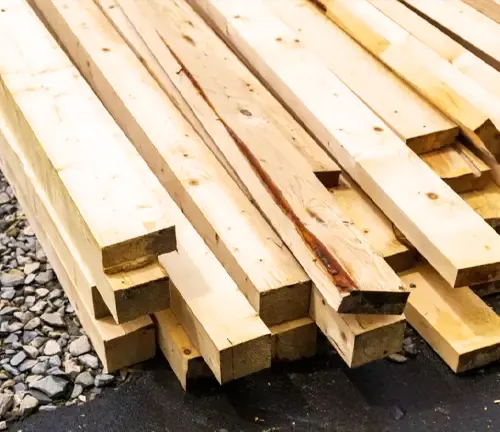
Sustainability
Amid growing concerns about sustainability and environmental impact, spruce cant lumber stands out as a responsible choice. Spruce trees, found abundantly in numerous regions, boast rapid growth rates, ensuring a continuous supply of timber. Sustainable forestry practices, including replanting and conscientious harvesting, contribute to the preservation of forest ecosystems. Additionally, spruce cant lumber is easily recyclable and repurposable, reducing its carbon footprint. This makes it the preferred option for eco-conscious builders and homeowners aiming to minimize their environmental footprint while maintaining high construction standards.
Balancing Budgets and Quality
Budget considerations play a pivotal role in construction projects, making cost-effectiveness a prime concern. Spruce cant lumber offers an attractive balance between affordability and performance. While it is generally more budget-friendly than certain wood species like cedar or redwood, it doesn’t compromise on quality. It possesses the essential structural strength required for framing and other construction needs, making it a practical choice for projects of all sizes. Its cost-effective nature ensures that builders and contractors can achieve their goals without overstretching budgets.
Aesthetic Appeal and Durability
Spruce cant lumber boasts a fine, uniform texture with a straight grain pattern, making it easy to work with various tools and ideal for finishing applications. It readily accepts paint, stain, and finishes, allowing for a wide range of design possibilities. The smooth surface of spruce lumber ensures that finishes adhere well and provide an attractive appearance.
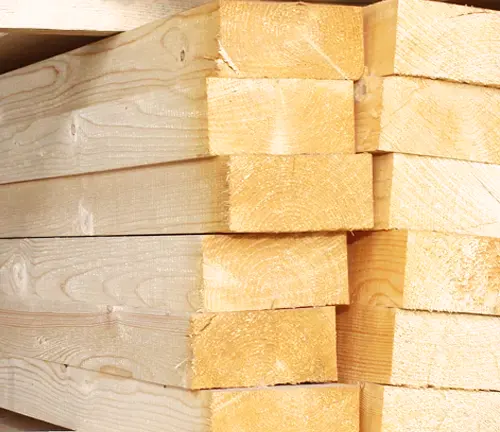
Strength and Stability of Spruce Cant Lumber
The success of timber framing hinges on the strength and stability of the wood used. Spruce cant lumber’s straight grain and uniform texture make it an ideal choice for the massive timbers required in timber framing. We’ll explore how spruce cant lumber’s strength specifications, including modulus of elasticity and modulus of rupture, ensure the structural integrity of timber-framed buildings.
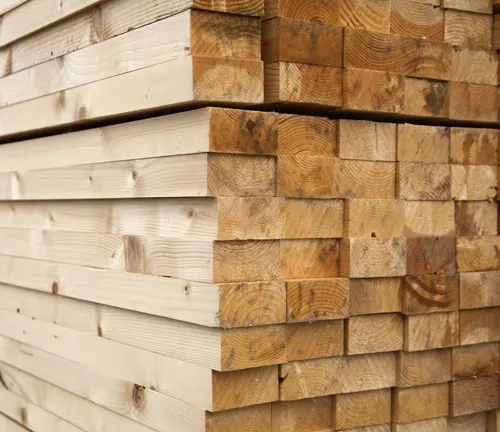
Common Uses
Spruce cant lumber finds a wide array of common uses in the construction and woodworking industries. Its versatility and strength make it a valuable resource for various applications. One of its primary uses is in framing, where it forms the skeleton of buildings, providing stability and structural integrity. Roof trusses and floor joists often rely on spruce cant lumber’s dependable load-bearing capacity. Additionally, it serves as an excellent choice for sheathing, contributing to the stability and insulation of walls and roofs.
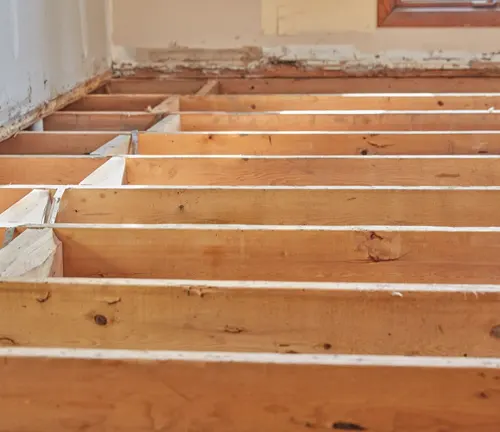
Spruce cant lumber’s fine texture and smooth surface make it a favorite for finishing touches in interior and exterior applications, including trim work, moldings, and siding. Its versatility extends to crafting furniture, cabinetry, and decorative pieces, where its aesthetic appeal and ease of workability shine. Whether you’re constructing a home, crafting fine woodwork, or adding elegant finishing touches, spruce cant lumber proves to be a dependable and adaptable choice.
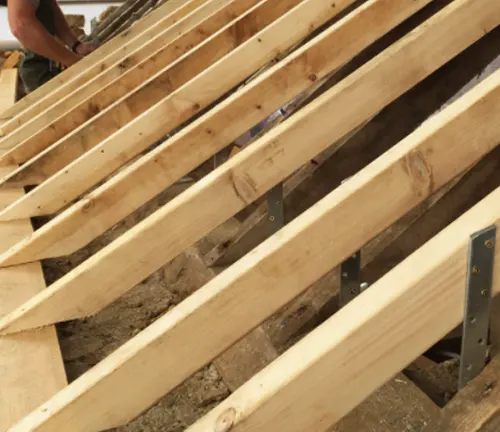
Frequently Asked Questions (FAQs)
- Is Spruce Cant Lumber Suitable for Timber Framing in Seismic Zones?
Timber framing structures in seismic zones require specific engineering considerations. Spruce cant lumber can be used but may need additional reinforcement or bracing to meet seismic code requirements. Consult with a structural engineer experienced in seismic design for guidance. - Can Spruce Cant Lumber Be Used for Marine Applications?
Spruce cant lumber is generally not recommended for marine applications due to its limited natural resistance to water and decay. For marine projects, hardwoods like oak or tropical hardwoods are preferred due to their durability in water-exposed environments. - What Are the Unique Challenges in Finishing Spruce Cant Lumber for Exterior Use?
Exterior finishing of spruce cant lumber can be challenging due to its susceptibility to weathering. Proper sealing and maintenance are crucial to prevent weather-related damage. UV-resistant finishes and regular resealing may be necessary to maintain the wood’s appearance and longevity. - Can Spruce Cant Lumber Be Recycled or Repurposed in an Eco-Friendly Manner?
Yes, spruce cant lumber is recyclable and can be repurposed in eco-friendly ways. Recycling facilities can process old spruce lumber into new products, and repurposing it for interior paneling, furniture, or decorative elements is an environmentally responsible choice. - Are There Specialty Grading Systems for Spruce Cant Lumber for Unique Architectural Projects?
Some architectural projects may require specific wood grades to achieve desired aesthetics or structural qualities. While spruce cant lumber is available in standard grading systems, specialty grading options can be explored with suppliers to meet the specific requirements of unique architectural designs.


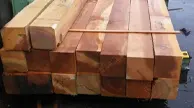



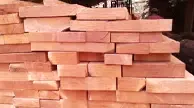
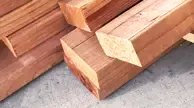
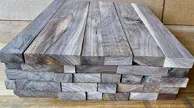
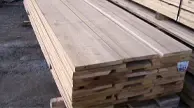
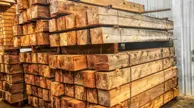

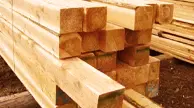

Leave your comment